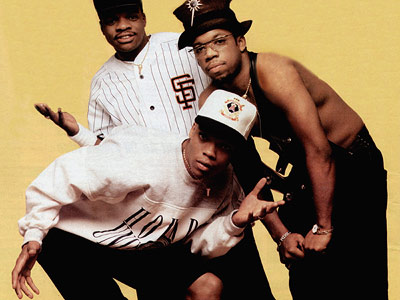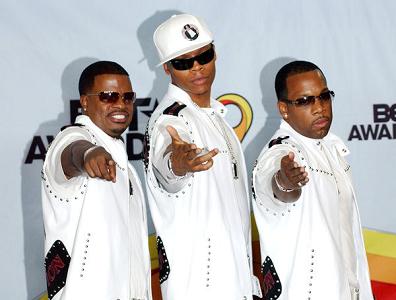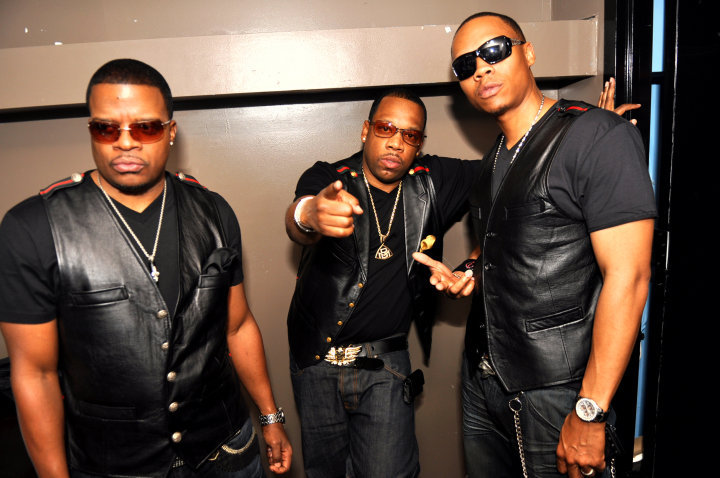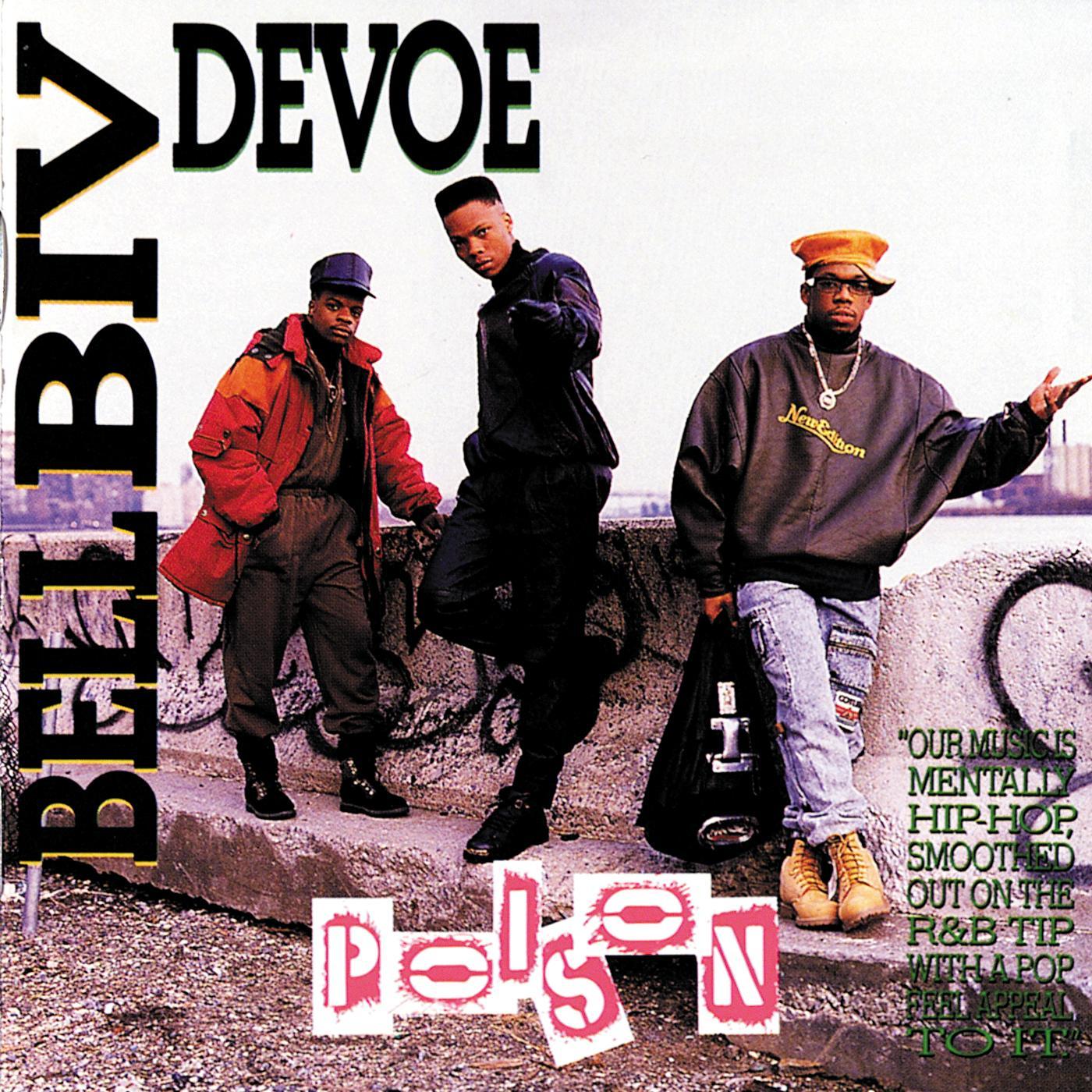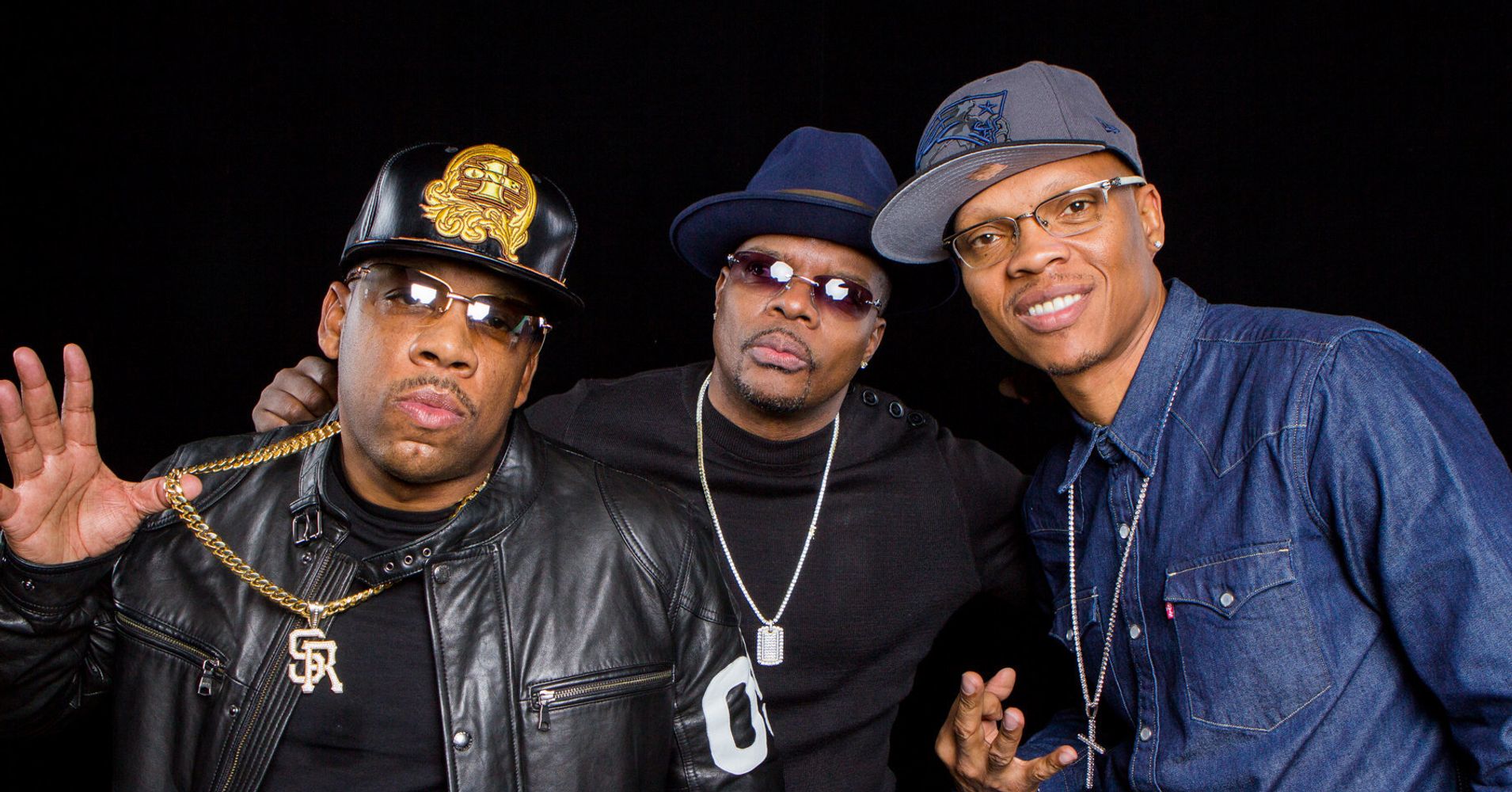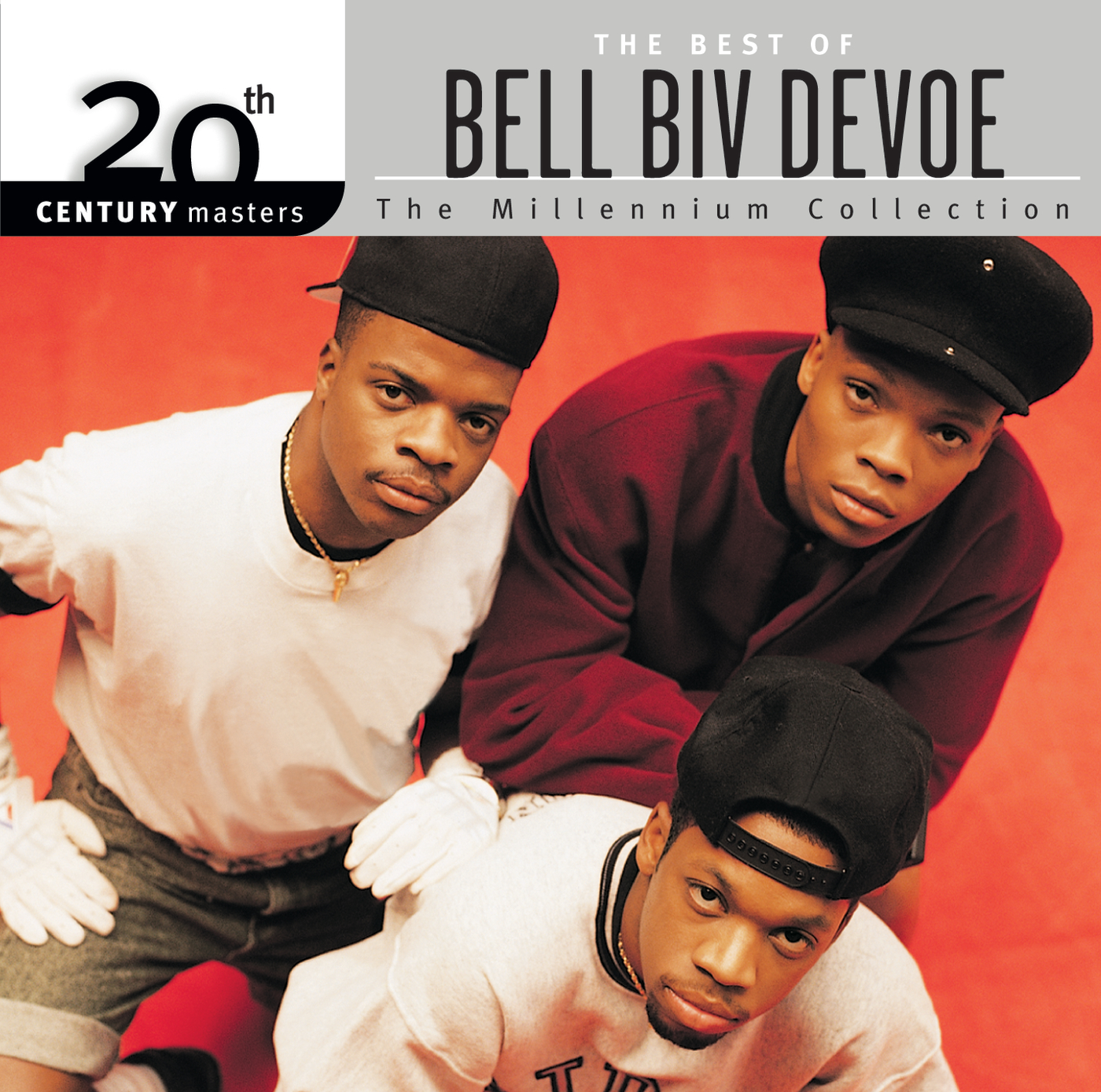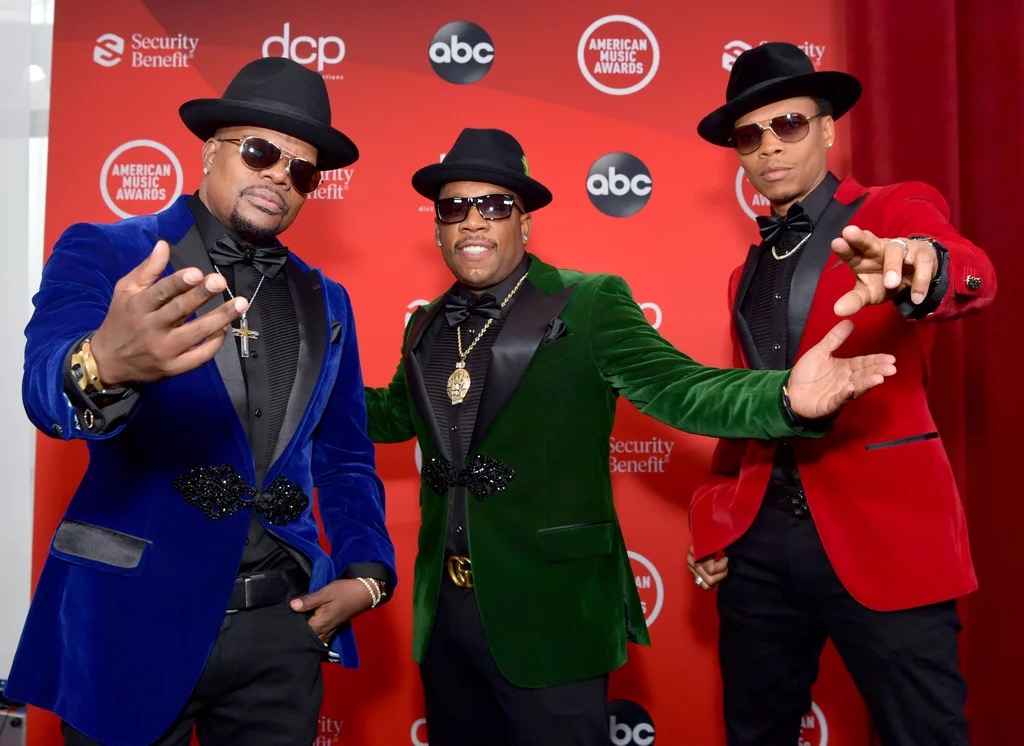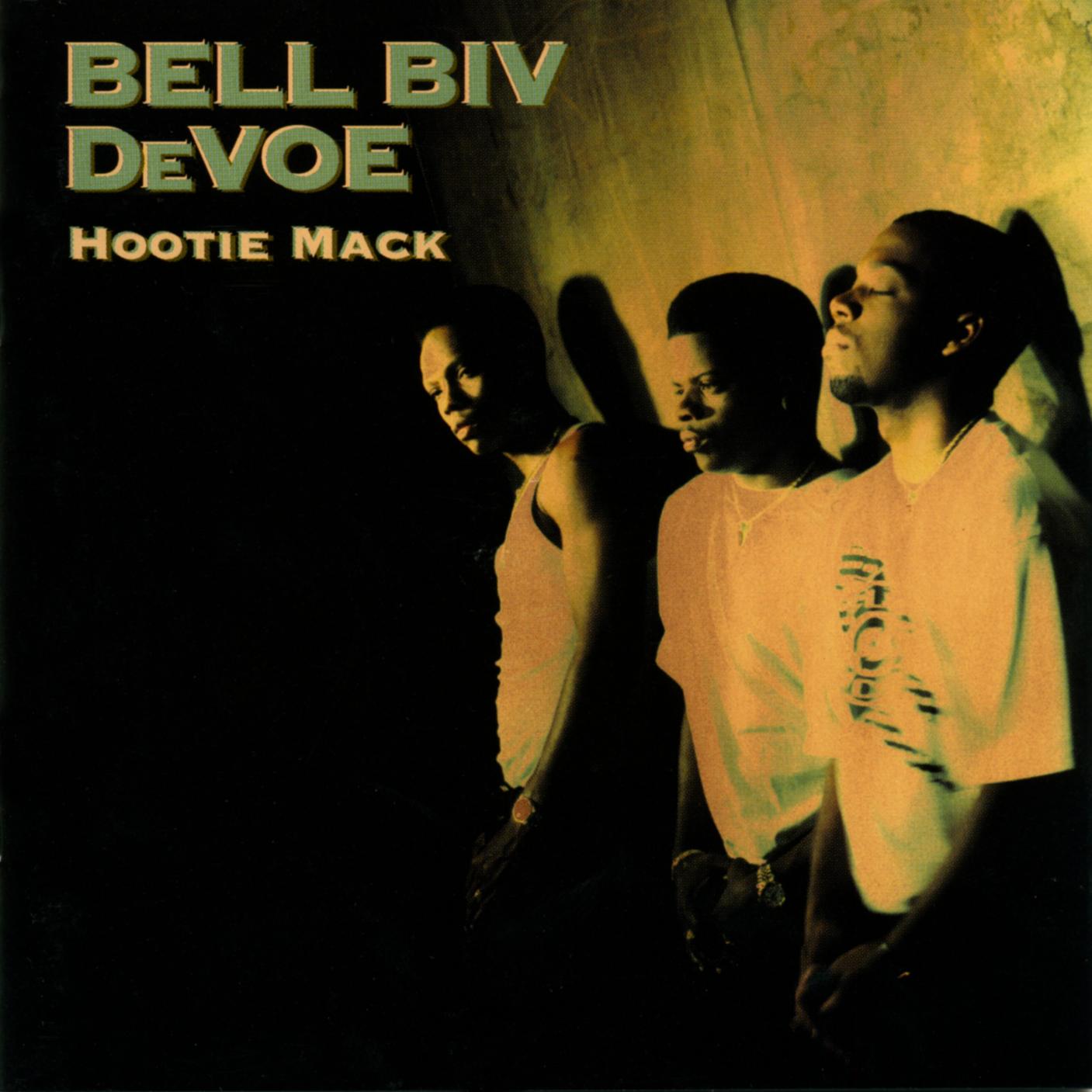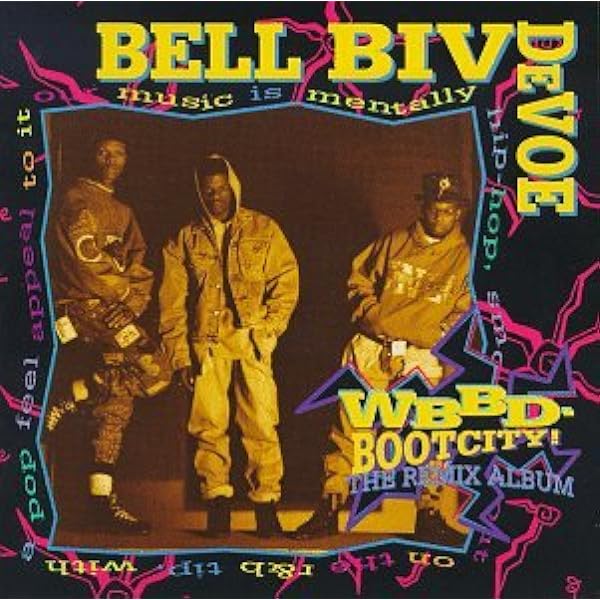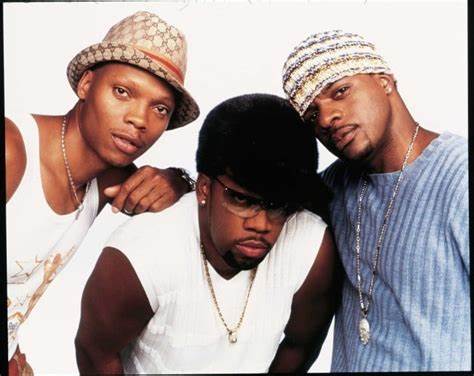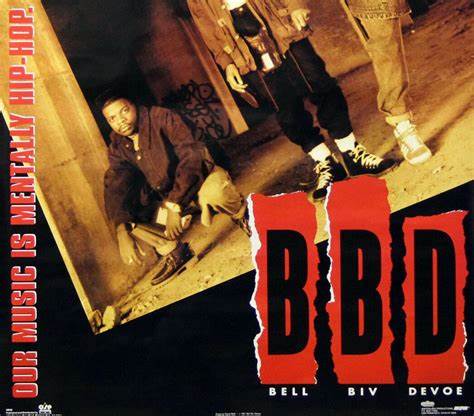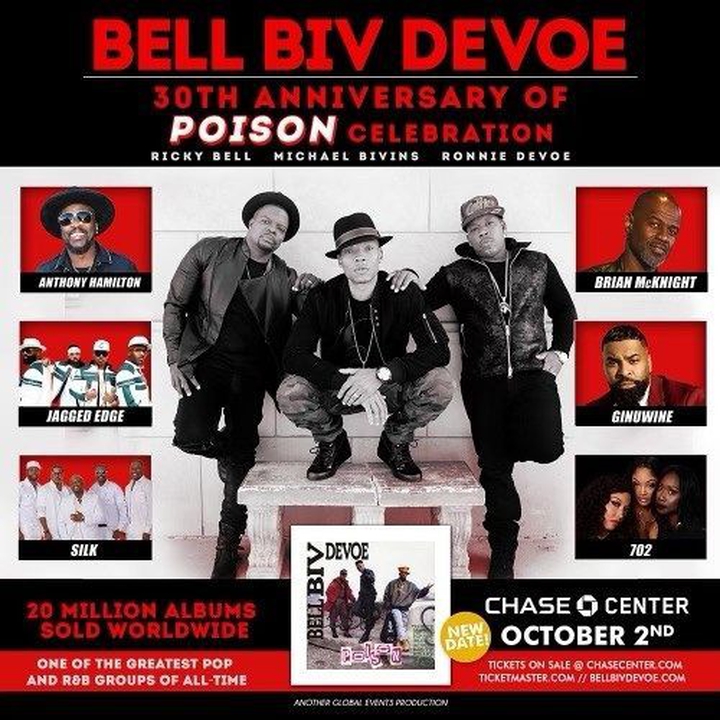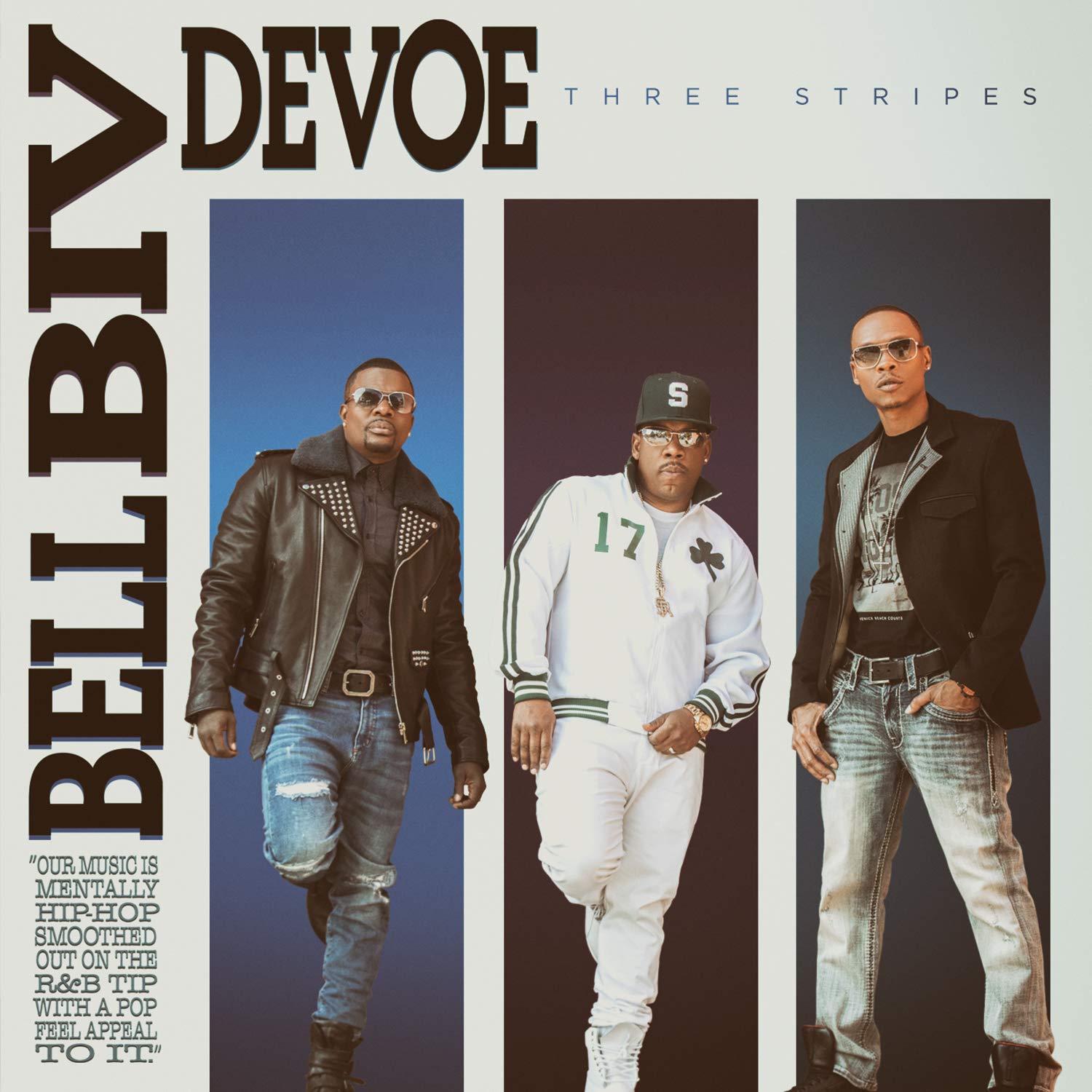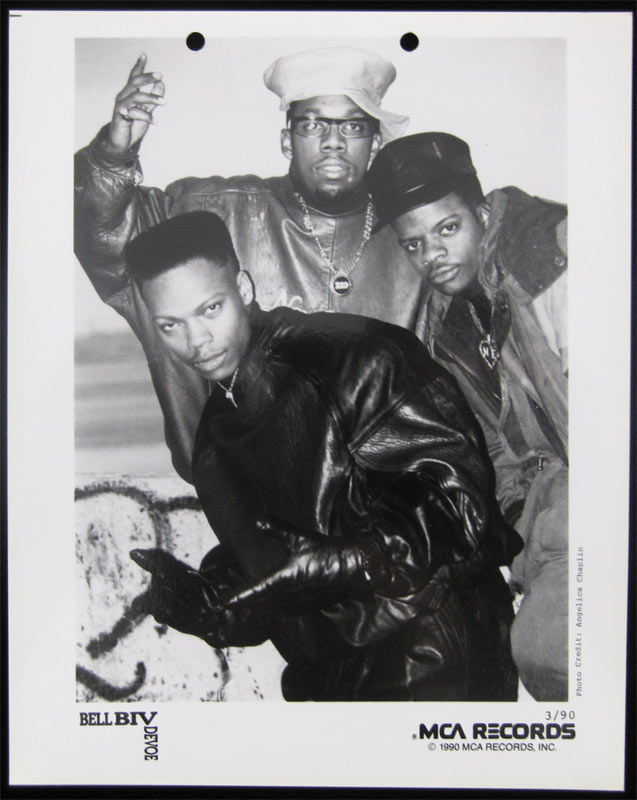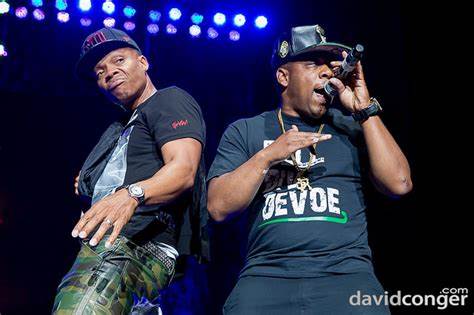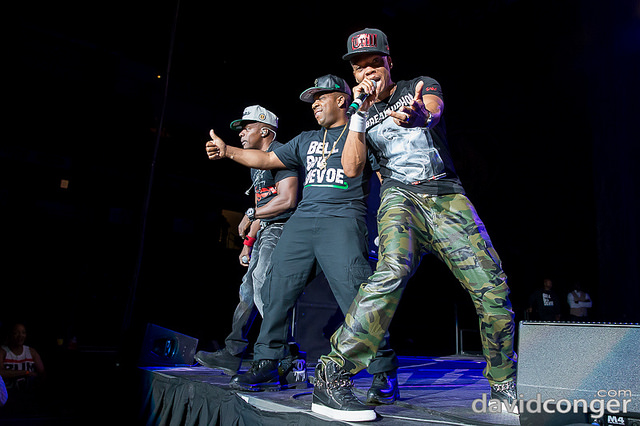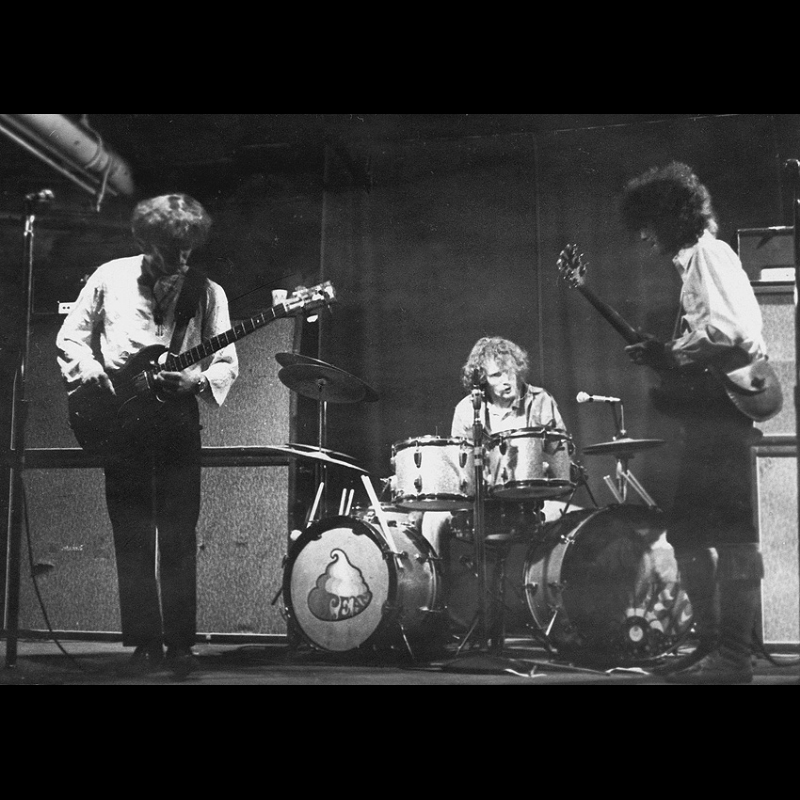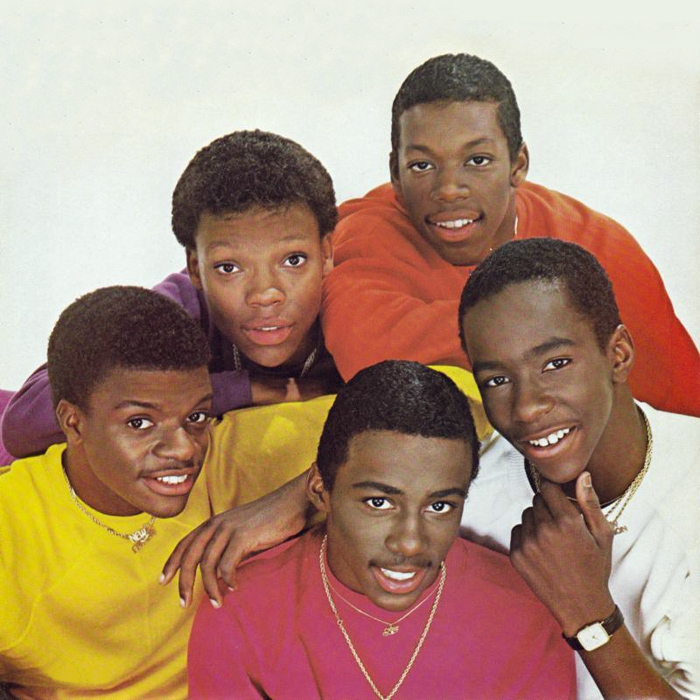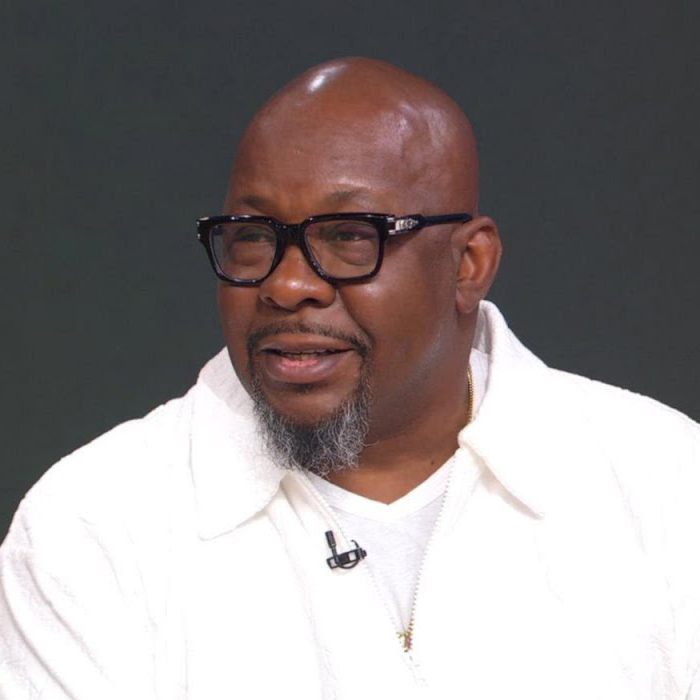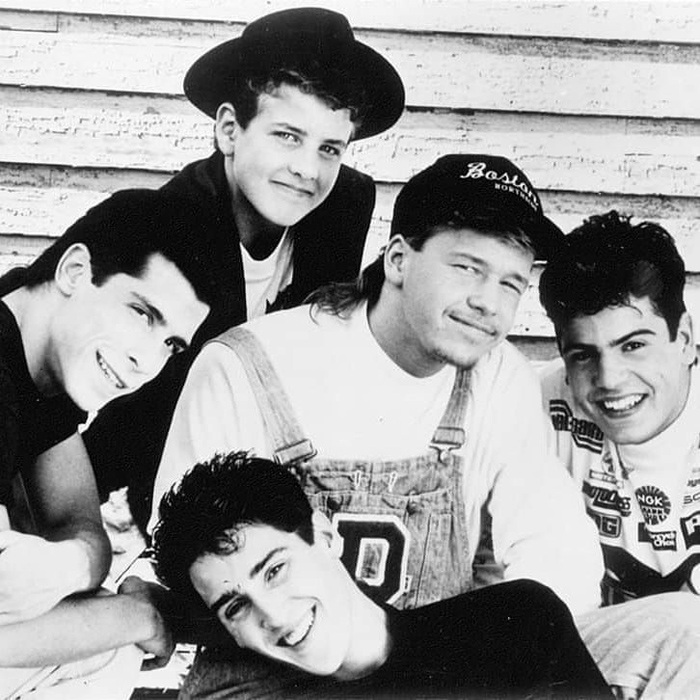Bell Biv Devoe
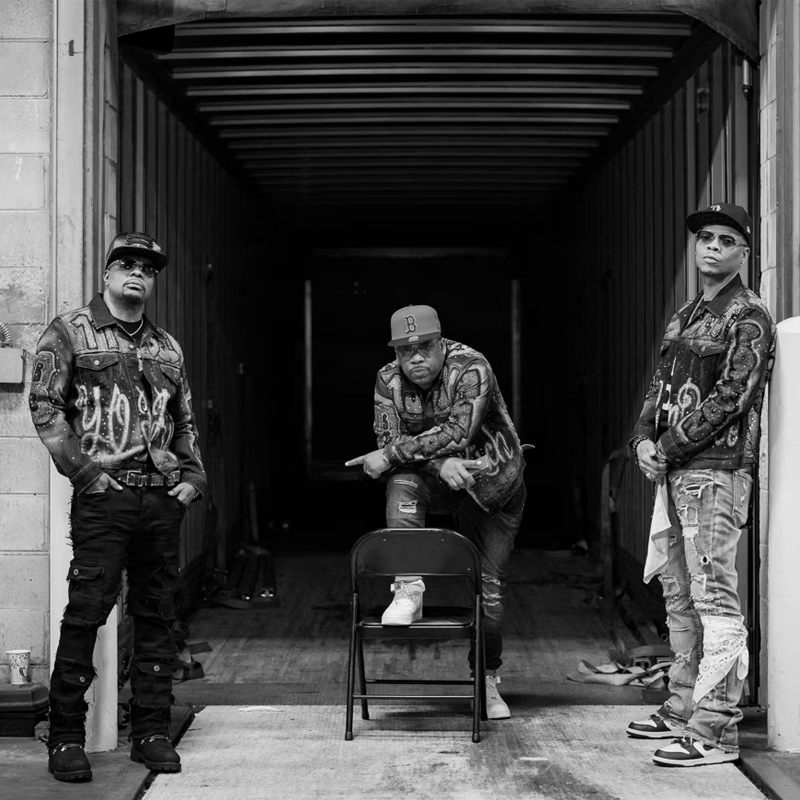
When Ricky Bell, Michael Bivins and Ronnie DeVoe formed Bell Biv DeVoe in 1988, many thought they’d amount to nothing but a run-of-the-mill R&B/hip hop act. “No one was expecting much from the three former New Edition members who’d famously stayed in the background for much of that group’s tenure,” wrote Stereo Williams in Vibe magazine in 2020, referring to the boy band from Roxbury, Massachusetts, that topped the charts multiple times in the early/mid-1980s.
But the trio defied naysayers with their debut album and its single “Poison,” a genre-defining track that set a new standard for songwriting, swagger and style. As Williams wrote in the same Vibe piece, “’Poison’ Turns 30: How Bell Biv DeVoe’s Hit Reinvented New Jack Swing,” the group’s fusion of R&B’s grooves, hip hop’s attitude, funk’s punch and rap’s lyrical riffing was a seismic shift that redefined the parameters of modern R&B. Since then, an entire generation of leading vocal acts – from Jodeci, Boyz II Men and Dru Hill to Usher, Trey Songz and Ne-Yo – have shot to stardom following the blueprint that Bell Biv DeVoe drafted.
Writing and singing in a style they called “mental” – which band members say means “mentally hip-hop, smoothed out on the R&B tip, with a pop feel appeal to it” – BBD took a harder-edged, significantly more street-level approach than New Edition, enlisting producers such as Dr. Freeze (Michael Jackson, Color Me Badd), Hank Shocklee (Public Enemy, LL Cool J), Keith Shocklee (Ice Cube, Paula Abdul) and Eric Sadler (Public Enemy, Shabazz) to help achieve an aggressive, sensual, urban sound. While the group has recorded only four albums, BDD has toured extensively throughout the years and its members have appeared in several New Edition reunion tours.
Formation
BBD formed in late 1988 when the five members of New Edition – Bell, Bivins, DeVoe, Ralph Tresvant and Johnny Gill – decided to pursue individual projects after the release of their fifth album, Heart Break. That disc produced four top-five singles – including “Can You Stand The Rain,” which hit #1 in the Billboard Hot Black Singles chart and #44 in the Billboard Hot 100 – and the quintet was the very definition of national success at the time. Tresvant and Gill went solo but, on the suggestion of Heart Break producers Jimmy Jam and Terry Lewis, Bell, Bivins and DeVoe – then ages 20, 21 and 20 respectively – chose the trio route. Bivins in particular was brimming with new ideas and eager to introduce them in the new, three-voice format.
Poison, “Poison,” “Do Me!”
The group signed with MCA and recorded their debut album, Poison, which the label issued in mid-March 1990. The LP hit #1 in Billboard’s Hot R&B/Hip-Hop Albums chart, #5 in the Billboard 200 and sold over four million, immediately turning BBD into far more than just “those three other guys” from New Edition. “We want to be the first to express this kind of music,” Bell told reporters at the time, repeating it like a mantra. “We knew what we wanted to do.”
Two weeks before Poison dropped, MCA released the title track as a single. It was written and produced by Dr. Freeze, who originally planned to include it on an album of his own but changed his mind after Bell, Bivens and DeVoe heard a demo version and loved it. The song, which Dr. Freeze said was influenced by German electronic band Kraftwerk, Latin-jazz giant Tito Peunte and Cuban percussionist-bandleader Mongo Santamaría, soared to #1 in both the Billboard Hot Black Singles and Top 40/Dance charts, reached at #3 in the Billboard Hot 100 and was among the most successful songs of 1990.
In 1991, Poison won the Soul Train Music Award for Best R&B/Urban Contemporary Album of the Year and in 1992 BDD took home an American Music Award for Favorite R&B Band/Duo/Group. In May 2013, they played “Poison” at the Boston Strong Concert, where they made an unannounced appearance during New Kids on the Block’s set.
Other Poison singles, Chart positions
In June 1990, MCA issued a second single from Poison, “Do Me!”, which reached #1 in the Billboard Dance Singles Sales chart, #3 in the Hot 100 and #4 in the Hot R&B/Hip-Hop Songs chart. The third single “B.B.D (I Thought It Was Me)” spent a week at #1 in the Hot R&B/Hip-Hop Songs chart and made it to #26 in the Hot 100; the fourth, “When Will I See You Smile Again?”, went to #3 in the Hot R&B/Hip-Hop Songs chart, #7 in the Hot Dance Music Chart and #63 in the Hot 100; and the fifth, “She’s Dope”,” hit #9 in the Hot R&B/Hip-Hop Songs chart. An extended mix of “Do Me!” made it to #6 in Billboard’s Dance Club Songs listing.
“Poison” video, New fashion aesthetic
The video for “Poison,” directed by Lionel C. Martin (Whitney Houston, Stevie Wonder, TLC), spent 10 weeks in MTV’s top-10 list and helped establish a bold new fashion aesthetic in urban culture. Eschewing the finely tailored suits and dapper presentation of ‘80s R&B acts – picture Luther Vandross, Billy Ocean and Freddie Jackson – BBD left the tags on their baseball caps and bucket hats, wore mismatched Timberlands and high-top sneakers and donned oversized parkas and bomber jackets. Their defiance of public-presentation norms, as quaint and unthreatening as it seems today, was unheard of at the time.
In a 2015 interview, producer Hank Shocklee credited Bivins for spearheading the trio’s look and providing the group with artistic direction in general. “The engine for Bell Biv DeVoe was Michael Bivins,” he said. “He had a vision. New Edition was all about wearing suits and dressing upscale. Michael brought it back to the street realm. They really brought out the hip hop element by wearing Timberland boots and sagging pants. This is what gave the group their fresh look.”
Advancing new jack swing
Most significantly in musical terms, BBD’s hybrid of R&B, hip hop, funk and rap – which producers Teddy Riley, Bernard Belle, Jimmy Jam and Terry Lewis had introduced in the mid-‘80s and called “new jack swing” (aka “swingbeat”) – sent contemporary soul to an unprecedented level of artistic sophistication, making the debut album and its title track genuine milestones. The trio interchanged lyrics with smooth-as-silk, nearly imperceptible transitions as they drove their songs’ seductive narratives forward, like The Temptations and other legendary vocal groups had done decades before but with infinitely less racy themes (and never with lyrics like “never trust a big butt and a smile,” to quote a line from “Poison”).
Hootie Mack, BDD
In June 1993, MCA released BDD’s second studio effort, Hootie Mac, produced by band members and Chris Stokes (Destiny’s Child, B2K), L.A. Reid (Shalamar, Sheena Easton) and Babyface (Bobby Brown, Toni Braxton), among others. Though not nearly as successful as the debut, the album sold over 500,000, hit #3 on the Billboard Hot R&B/Hop-Hop Albums chart, #19 in the Billboard 200 and #3 in the ARIA’s Australian Albums chart. Two singles, “Something in Your Eyes” and “Above the Rim,” cracked the Billboard Hot 100.
After a nearly seven-year break from the studio, during which BDD toured the globe and appeared in New Edition reunion concerts, the trio recorded BDD, released in December 2001 on their own label, Biv 10 (a joint venture with Motown) and Universal Records. The 11-track disc failed to generate any hits and took a nasty beating in the press for its lack of originality and nuance. In his review for Vibe, Barry Walters wrote that the album “sounds more like contract fulfilment than musical inspiration” and that the lewd-but-clever lyrics on Poison had morphed in boringly, sometimes laughably, explicit ones. “The ‘hardcore-playa’ front BBD erect to mask their pop past is just another bad creation,” he wrote.
Three Stripes
In January 2017, the same week that BET aired the first episode of the three-part miniseries The New Edition Story, Entertainment One issued BDD’s fourth and latest album, Three Stripes. Credited to over 20 producers including Carvin & Ian (Justin Timberlake), Battlecat (Tupac Shakur, Snoop Dog), KayGee (Run-DMC, Queen Latifah), Lil’ Ronnie (R. Kelly) and LRoc (Janet Jackson, Mariah Carey), it was a dramatic commercial turnaround from its predecessor, going to #1 in the Billboard Independent Albums chart, #10 in the Hot R&B/Hip-Hop Albums chart and #18 in the Billboard 200. The first single, “Run” reached #7 in the Billboard Adult R&B Airplay chart and #40 in the Billboard R&B/Hip-Hop Airplay chart; the second, “Finally,” made it to #18 on the Adult R&B Airplay listing.
Comments on Poison
In a May 2020, three decades years after the release of Poison and its iconic title track, DeVoe said the most satisfying thing about having recorded both is that they’re still being played. “Initially, [the producers] wanted us to be a little bit more R&B, like New Edition. We felt like, ‘Nah, now it’s time for us to do a different version of New Edition,’” he said on the YouKnowIGotSoul podcast. “I knew when I first heard the snare drum on ‘Poison’ that we were going to be all right. Thirty years later, we’re still banging it. You can go to the 50-plus club, which I’m a part of, and ‘Poison’ is still banging. You can go to the 18-plus spot and ‘Poison’ is still banging – just as loud!”
Comments on Longevity
Asked in the same interview how members of BBD and New Edition have been able to stay popular for over 40 years, DeVoe said it’s the result of hard work, nothing more and nothing less. “Honestly, when people ask me that, I look to something we did a whole lot of before the light was shined on us: rehearse. Two hours a day, five times a week, sometimes three hours after homework was done,” he said. “I think that performance value and everything that we’ve poured into ourselves has allowed us to stand the test of time. That allowed us to have The New Edition Story and break records with 30 million viewers.”
“Now everybody wants to do some type of story as far as their livelihood,” he added. “Not to say that we were the first to do it, but we really put in the work – some real work!”
(by D.S. Monahan)

